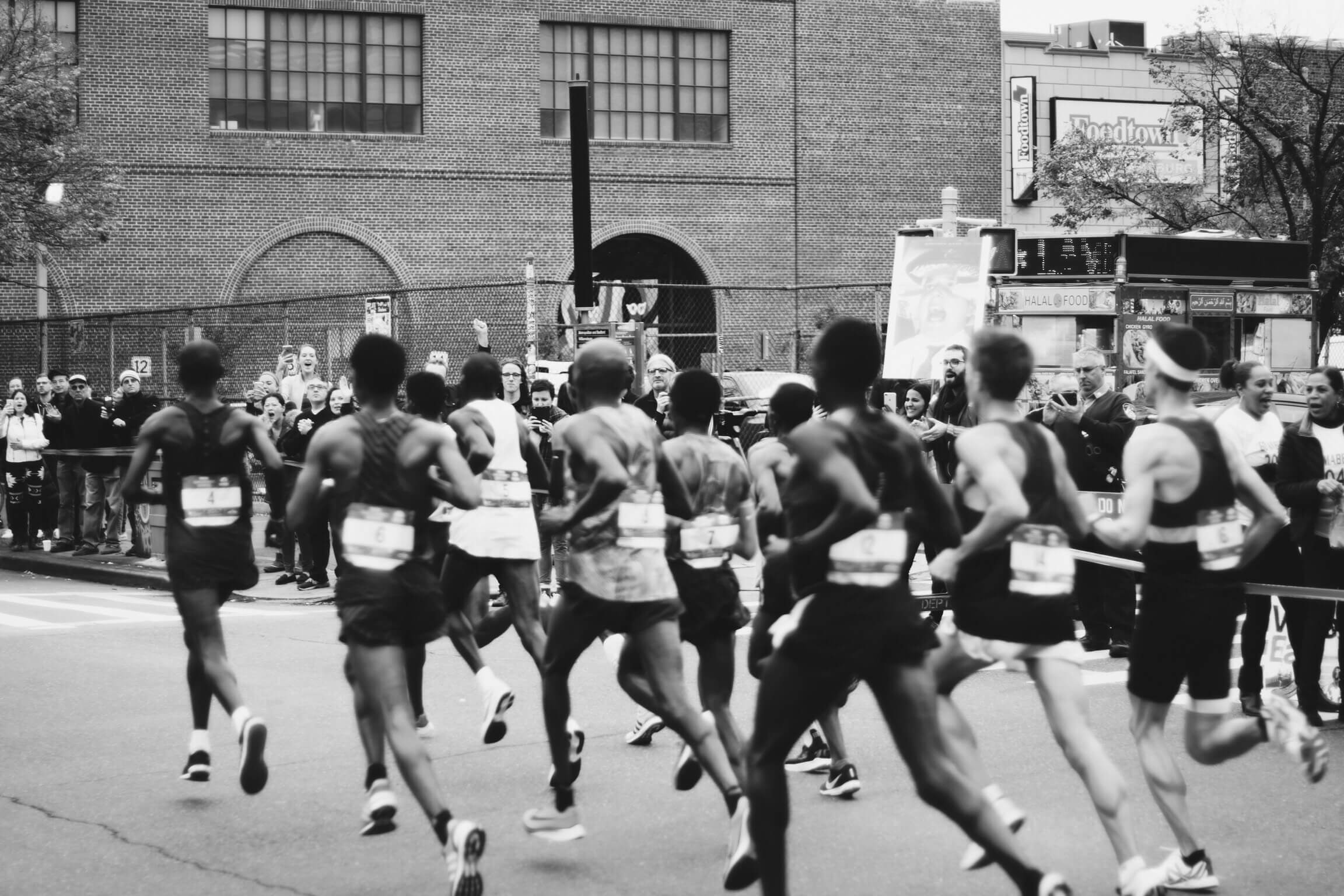Two-a-Days: Are They Right for You?

Two-a-days (or “doubles”) are most often associated with football practices at the beginning of the season. The players need to avoid the heat of the day but get in the amount of training they need and the weather doesn’t allow for a single session that would be long enough in duration. Often coaches in other sports take a page from the football coaches playbook and that includes cross country coaches. Many cross country camps and training programs for high school and college athletes set their entire program around the two-a-day plan. And the warmer the climate you live in, the higher the likelihood is that almost any outdoor sport participates in some form of two-a-days.

What exactly are two-a-days? Are they only for long distance runners? Should beginners get on board? Here’s what you need to know to decide if they are for you.
Read also about best cross country shoes.
Things to Consider
Two-a-days are not for beginners or even most advanced or intermediate runners. They are for runners that are maxing out weekly mileage and that are finding that adding distance to their current runs is proving very difficult. In addition to high mileage, the runner considering two-a-days must also be running every single day and have reduced their workouts down to only one weekly recovery run.
You should also make sure that you have already incorporated the correct type of runs into your week. You already need to have a speed day, a long run day, a tempo day and a day with negative splits, surges or fartleks. Two-a-days should almost have a last resort type of feel; you cannot possibly squeeze another mile in anywhere but a second run.

Another thing to consider is your personal recovery time or your age. Two a days can be taxing; however, some people in their 30s are significantly healthier than those in their early 20s. Anyone who did two-a-days in their high school or collegiate days and hasn’t done them since might want to consider the change they will notice. Recovery time will not be the same and there will be fatigue that will (expectedly) occur when logging more miles and multiple times a day. Cleaning the house or mowing the yard should not be on your to-do list if you are logging double runs.
Two-a-days can be extremely beneficial to those stuck in a mental rut or feel as though they are plateauing and have nothing left to add to their training plan. The added mileage you gain from two-a-days can give you the confidence necessary to dig when you feel you are at your limit during a race. The fact that you know you can get to the other side of mileage where you are depleted is a mental gain that can help push you through the mental side of a race.
Do the Benefits Outweigh the Pitfalls?
The benefits of two-a-days are hard to negate when a runner is ready. The gain in mileage alone can place you ahead of your racing competition and gear your legs for racing. That second run aids in your recovery; a slower run hours after a faster, longer run is active recovery. Active recovery is far superior to inactive recovery. Anyone ever climbing out of a car after a long run can vouch for that.
Then there are the downsides. Two-a-days are not a time-saver. You will be changing into running clothes, potentially having to get to and from your run, running, then showering and changing once more. Only to have to do it all over a second time. You also need to build in appropriate hydration and nutrition during the day to accommodate the added calorie burn.

Unfortunately, there is one large negative that must be examined– it increases the risk of injury. The more you push or use your body the more likely problems from overuse occur. It’s a fact of running. This means that you need to pay very close attention to areas that are sensitive to injury and be regimented in your preventative exercises. An alternative to running could be to cross train as your second run of the day.
Goal Race Distance Can Matter in Your Decision
For a short race, you speed work is the most important run of the week. You want to maintain a fast pace on certain training runs. Two-a-days might be more beneficial allowing you to train your legs to turnover at the rate you are seeking.

For a long race, two-a-days are really only ideal when you have taken full advantage of the mileage you can handle in one daily workout. A longer run builds your endurance. When your goal is a longer race, your training should focus on endurance runs. Endurance runs focus on certain actions your body will endure during the actual race like exhausting your glycogen reserves and how to cope with those effects and training your muscles to access fat reserves. You will more accurately accomplish race conditions with one double-digit run than a run in the morning and an evening run.
Two-a-days are a not for the faint of heart and do need some serious thought and planning behind them. The good news is they are a tweak to maxed out training plans and are not something that most people will need to consider. The best benefit? If you are running more and creating more laundry it does justify a trip to grab some new gear so you don’t spend the rest of your free time in the laundry room.
Sources
Latest Articles
 Is Running on a Treadmill Easier Than Running Outside?Runners have their own preferences, whether it is treadmill running, running outside on the road, or exploring trails. So...
Is Running on a Treadmill Easier Than Running Outside?Runners have their own preferences, whether it is treadmill running, running outside on the road, or exploring trails. So... Is It OK to Use Trail Running Shoes on the Road?While trail running shoes can be used on roads, especially in situations where a runner encounters mixed terrains or pref...
Is It OK to Use Trail Running Shoes on the Road?While trail running shoes can be used on roads, especially in situations where a runner encounters mixed terrains or pref... How to Fix Sore Quads After Running?Rest, ice, gentle stretching, and over-the-counter pain relievers can help soothe sore quads after running. Also, ensure ...
How to Fix Sore Quads After Running?Rest, ice, gentle stretching, and over-the-counter pain relievers can help soothe sore quads after running. Also, ensure ... 10 Fruits With The Most Electrolytes to Replace Sports DrinksThese fruits are high in electrolytes such as potassium, magnesium, and calcium, essential for hydration, muscle function...
10 Fruits With The Most Electrolytes to Replace Sports DrinksThese fruits are high in electrolytes such as potassium, magnesium, and calcium, essential for hydration, muscle function...

